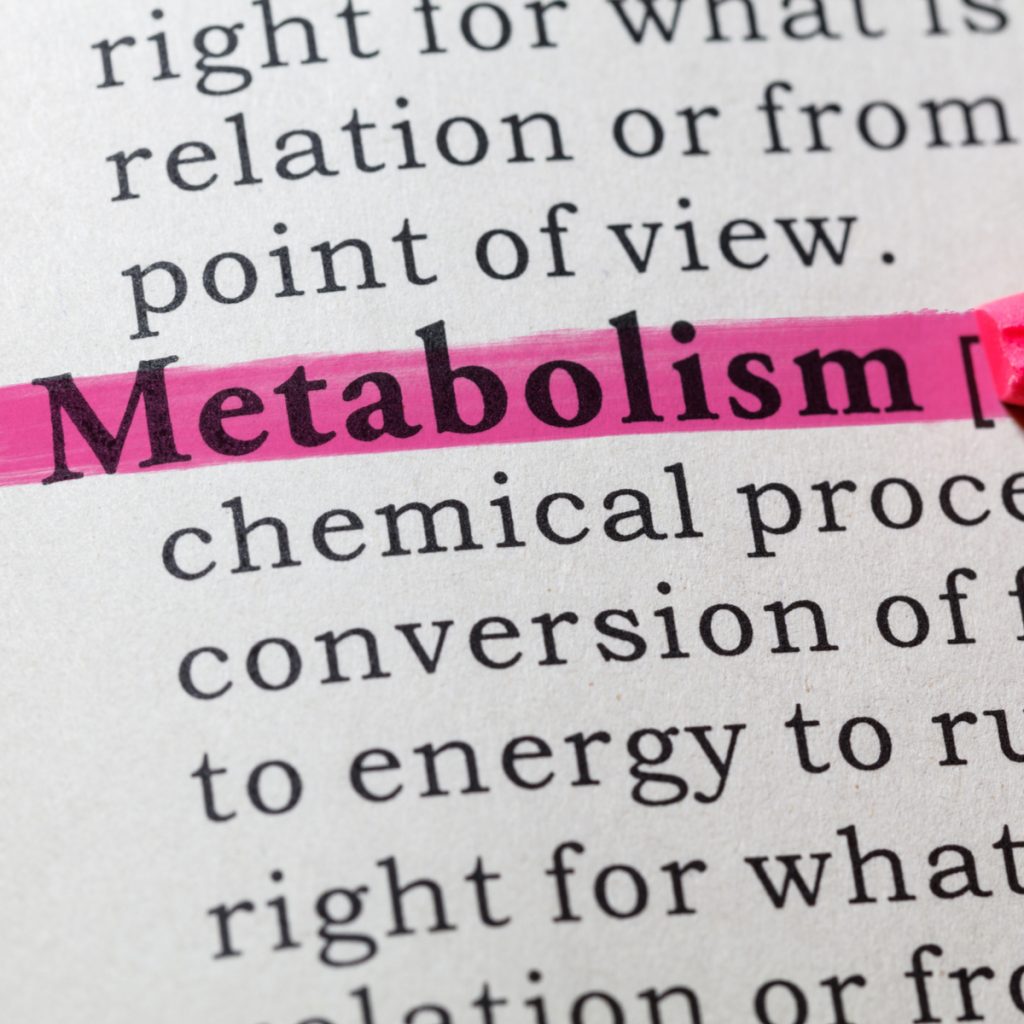If you were to look into a crowd, let’s say at an amusement park or your next family gathering, you would see a diverse group of people ranging in age from toddlers to seniors. Everyone in the crowd would have their own unique dietary needs, and yet ont nutrient plays a silent but vital role for everyone: protein. Dr. Donald K. Layman’s research has truly unveiled that as we mature in age, our protein needs also change. No matter our age, optimizing protein quantity, distribution and quality can significantly impact our health.
The Lifespan of Protein in Our Bodies
“Every protein in your body has a lifespan,” explains Dr. Layman. “Just like your dishwasher or your toothbrush, the proteins in your brain, heart, red blood cells, liver, and muscle wear out and must be replaced.” No matter your age, this essential repair and replacement process is what keeps our bodies functioning and maintains our health. Our bodies demand replacing 250 to 300 grams of proteins every single day just to stay healthy.
However, as we get older, the efficiency of this repair process declines. This is where dietary protein becomes even more critical. Dr. Layman highlights a significant discovery: “If we increase total daily protein and optimize the quality and meal distribution, we can enhance this repair process and slow or even stop the aging of our body proteins.”

Understanding Protein Needs
Dr. Layman identifies three key factors in dietary protein needs: quantity, quality, and meal distribution.
Quantity: How Much Protein Do We Need?
The total amount of protein consumed each day is the most important thing to consider when looking at dietary protein. Dr. Layman notes, “The healthy range for dietary protein is from a low intake of 0.36 g/pound (known as the RDA) up to an upper range of 1.15 g/pound. The optimum protein intake for adults is now recommended at 0.75 g/pound.” This means if you weigh 150 pounds, you should aim for around 113 grams of protein per day for optimal health.
Most people highly overestimate how much protein they are consuming each day, with the average American only getting about 0.4g/pound. This is especially true for women over 60, where nearly 40% have daily protein intakes well below the RDA. This is concerning because inadequate protein intake can accelerate muscle loss and other age-related health issues.

Quality: Animal vs. Plant Proteins
Not all proteins are created equal. Animal proteins are by far the superior choice when it comes to protein quality. Animal proteins give us more “bang for our buck” and are more efficient for our bodies. These high-quality animal protein sources include options like meat, fish, dairy, and eggs. Dr. Layman says, “Approximately 65% of dietary protein in the United States comes from high quality animal proteins”.
Plant proteins, while beneficial, are generally of lower quality and require consuming about 50% more total protein to achieve the same benefits. For example, if you’re currently consuming 70 grams of high-quality animal protein daily and decide to switch to a vegetarian diet, you would need to increase your total daily protein to about 100 grams. Unfortunately, many vegetarians decrease their overall protein intake, which can increase long-term health risks.
Distribution: When Should We Eat Protein?
Another important thing to consider is when you are eating your protein and how often. This is especially true for older adults. In children and young adults, meal distribution is less important due to their efficient metabolic processes. Older adults begin to have a reduced efficiency with protein turnover as they age, which means that getting 30 to 50 grams of protein at each meal becomes essential. “Meals with less than 30 grams of protein have minimal benefits for adults,” Dr. Layman advises.

Practical Tips for Optimizing Protein Intake
- Calculate Your Protein Needs: Determine your optimal protein intake based on your weight. Remember, the recommended amount is 0.75 g/pound.
- Choose High-Quality Proteins: Prioritize high-quality animal proteins if possible. If you prefer a plant-based diet, ensure you’re getting enough protein by increasing your total intake.
- Distribute Protein Wisely: For older adults, aim to consume 30 to 55 grams of protein per meal to maximize benefits. Avoid meals with less than 30 grams of protein.
- Monitor and Adjust: Regularly review your dietary habits and adjust as necessary to meet your protein goals. Consider consulting a nutritionist or dietitian for personalized advice.
Embracing a Protein-Rich Diet
Optimizing protein quantity, distribution and quality can seem overwhelming, but we promise that with practice, it will become second nature. Our daily protein needs are an aspect of health and aging that most people overlook or do not understand. As Dr. Layman emphasizes, “If we increase total daily protein and optimize the quality and meal distribution, we can enhance this repair process and slow or even stop the aging of our body proteins.” By understanding and implementing these principles, you can support your body’s health and vitality at any age.
So, the next time you’re at a family gathering, think about the protein on your plate and how it contributes to your lifelong health journey. Whether you’re preparing for the vibrant energy of youth or the graceful wisdom of age, embracing a protein-rich diet is a step towards a healthier, more resilient you.




